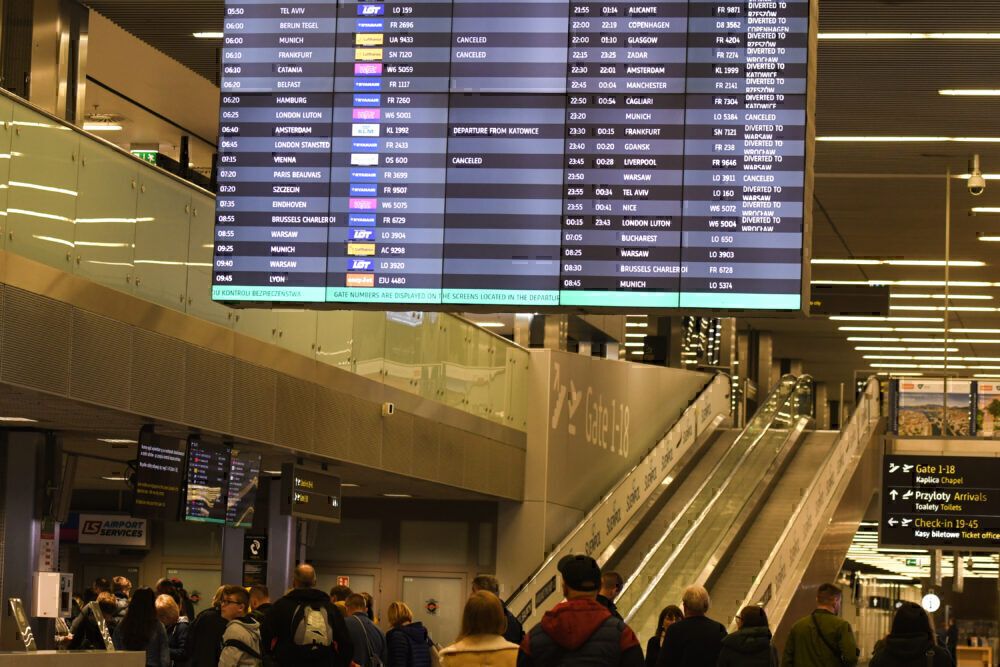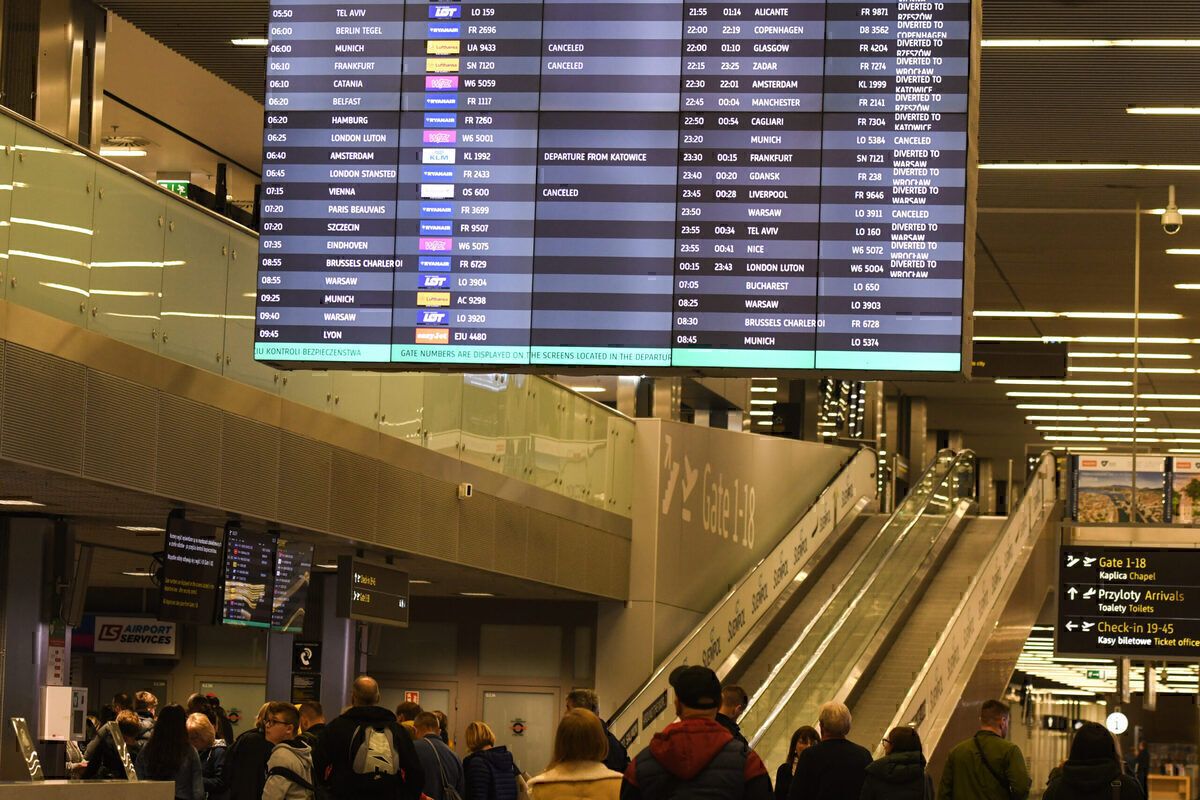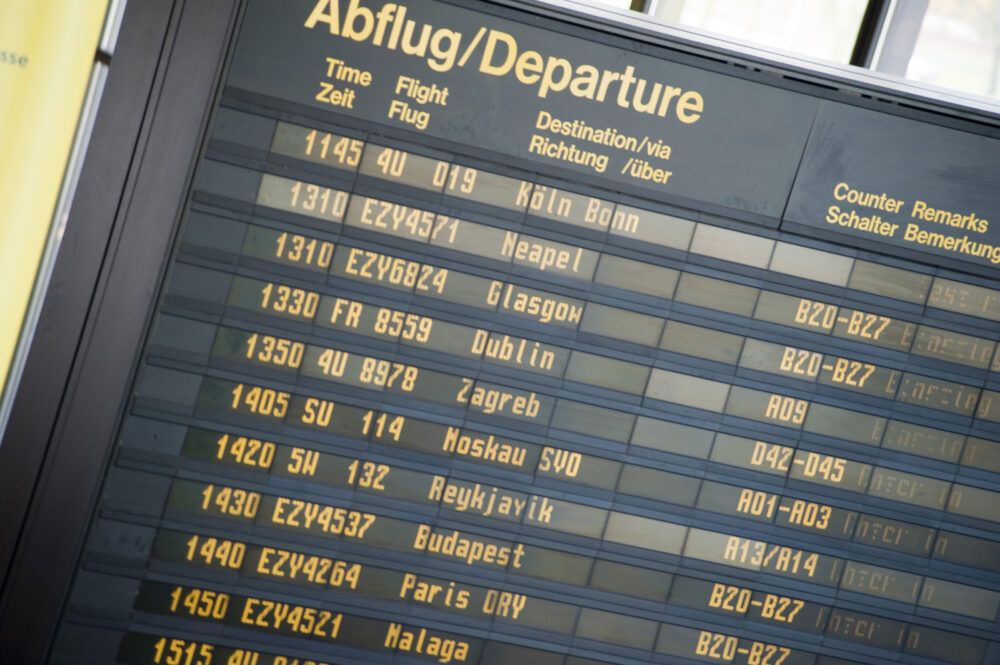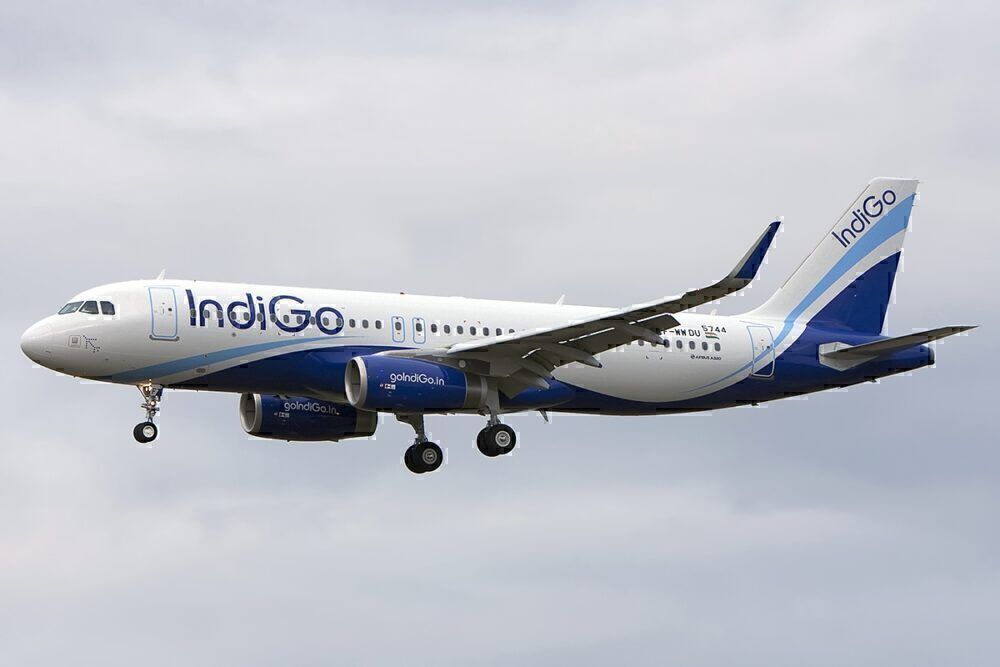In the past, Simple Flying has examined aircraft registrations and airport codes. Now let's take a look at the IATA airline codes used as flight number prefixes. These are two letters or a combination of one letter and one number that sit in front of a flight number to distinguish it from other airlines operating with the same flight number. So what do they mean, and how are they chosen?
The reason for airline codes
As with most codes we encounter as part of air travel these days, the airline codes we will discuss in this article are mandated by IATA (The International Air Transport Association). IATA describes itself as a "trade association for the world’s airlines," supporting many areas of aviation activity, helping to formulate industry policy on critical aviation issues.​ The codes formulated by IATA are used by airlines and airports to engage with travelers.
In contrast, ICAO (The International Civil Aviation Organization) is a UN agency that develops similar coding and identifiers, which are more often used by those working within the industry. This organization uses three-letter codes for airlines. These are often similar to the IATA code. For example, American Airlines is AA with IATA and AAL with ICAO. Air Canada is AC with IATA and ACA for the ICAO.
Stay informed: Sign up for our daily aviation news digest.
Indeed, whether it's coding for airports or airlines, the IATA-mandated letters provide a quick method of referencing where our planes are leaving from and going to, as well as the exact flight we'll be taking.
While it's easy enough to tell someone we'll be flying from New York to Los Angeles on American Airlines at 09:00, airlines can use codes to more succinctly present information on tickets and boarding passes. In this case, we're taking flight AA001 from JFK to LAX.
Additionally, the unique codes ensure there is no confusion between flights of the same number. In our given example from New York JFK, flight 001 could be on Delta Air Lines to London Heathrow or American Airlines to Los Angeles International (and British Airways' flight 001 arrives at JFK from London Heathrow!). If we include airline code prefixes, we can distinguish these flights as AA001 and DL001 (and BA001).
How are they assigned?
There's actually no special formula or process behind the assigning of airline codes. Instead, they are simply chosen by the airline and must be unique. As a result, new airlines may not get their first choice as it may be already taken by an existing carrier.
Most older airlines have gone with two letters. However, as more and more airlines pop up, the letter combinations are limited as there can only be 676 possible unique letter combinations. As a result, some airlines have one number instead (IndiGo uses 6E, Jazeera Airways uses J9, while JetBlue uses B6).
So, then, how does an airline choose its code? Most often, the code most closely resembles the airline's operating name. We can see this everywhere:
- Air Canada - AC
- British Airways - BA
- Japan Airlines - JL
- United Airlines - UA
However, other codes are not as straightforward and have some backstory. FlightRadar24.com notes the following airlines and their peculiarities:
- ANA (All Nippon Airways) - NH. This comes from the airline's humble beginnings as Nippon Helicopter.
- EgyptAir - MS. This comes from the word misr or masr (مَصْر‎), which is what Egyptians call Egypt.
- Icelandair - FI. Icelandair began as an airline by the name of Flugfélag Ãslands (which translates to flight company of Iceland.)
On a more fun note, budget airline IndiGo uses the code 6E. While the airline has never explicitly said that it was chosen because it sounds like the word 'sexy,' it has certainly played with this. In fact, their inflight magazine is called 'Hello 6E.'
Do you have any 'favorite' airline codes you'd like to share? Please leave it in the comments!



